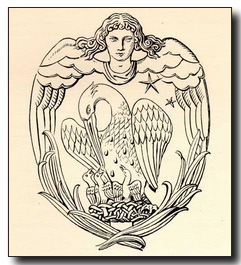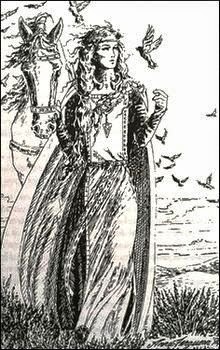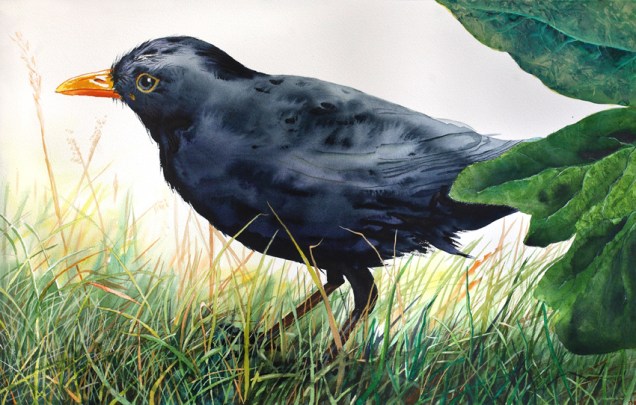 Cockatoo’s Wisdom Includes:
Cockatoo’s Wisdom Includes:
* Understands the power of the sunrise
* Ability to survive harsh conditions
* Communication skills
* Beauty
* Playfulness
The Cockatoo
The cockatoo is a member of the parrot family. Its most noticeable feature is its magnificent crest, which crowns the top of its head. This crest is used to send signals to other birds in the flock. More than a colourful ornament it represents communication. When raised and used with other parts of the body it can indicate several things from defending its territory or its flock, calling for its mate, showing fear or indicating that something is bothering it. True communication is a complex art. The cockatoo knows of this complexity and teaches us how to understand and correctly interpret messages that come our way.
Beautiful in colour and appearance the cockatoo holds the teachings of self-esteem and confidence. The rose and grey coloured galah teach us spontaneity and fearlessness.
These birds are intelligent, affectionate and acrobatic. Adults take care of one another and mate for life. Cockatoos are social birds and enjoy companionship with others of their flock. When danger appears they will either fly off or become very still hoping to remain unnoticed. They are always conscious of their surroundings and are masters in the art of survival. As pets, they are inquisitive and affectionate as well as unpredictable. Known as great escape artists they will use their powerful beaks to open locks on cages.
Coming into contact with one of these birds in the wild or as a pet can be an unforgettable experience. They are extremely ingenious. Watching them perform is like watching a magician pull things out of a hat, you never know what the cockatoo will do next or what hidden skill it will use to complete its task. The cockatoo is a great teacher. It is reminding us to play.

Yesterday I acquired some wonderful books by Marion Deuchers that promote art play. Back in the day, I encouraged students to create figures on their handprints and then use these to create stories. Needless to say, Duechers work with handprints really captured my imagination.
I plan to use these at a primary school where I will be doing my placement and with a small writing group that I am running at home.
How will you play today?
 The elegant pelican animal totem is definitely an opportunist with style and finesse. In the wild, these large-billed birds perch themselves in the most advantageous position before swooping in to catch their prey. They wait patiently and focus intently, striking at the most perfect moment.
The elegant pelican animal totem is definitely an opportunist with style and finesse. In the wild, these large-billed birds perch themselves in the most advantageous position before swooping in to catch their prey. They wait patiently and focus intently, striking at the most perfect moment. Despite their size pelicans are light and buoyant. They can float like a schooner. A pelican in flight can quite suddenly plummet into the water and then pop up to the surface. Its system of air sacs under the skin makes it unsinkable.
Despite their size pelicans are light and buoyant. They can float like a schooner. A pelican in flight can quite suddenly plummet into the water and then pop up to the surface. Its system of air sacs under the skin makes it unsinkable.
 Musk Lorikeets are endemic to (only found in) south-eastern Australia, being widespread in eastern New South Wales, all regions of Victoria and in the south-east of South Australia. They are found in tall, open, dry forest and woodlands, dominated by eucalypts and are usually found in the canopy. They are also seen in suburban areas, parks and street trees. They roost or loaf in tall trees away from their feeding sites.
Musk Lorikeets are endemic to (only found in) south-eastern Australia, being widespread in eastern New South Wales, all regions of Victoria and in the south-east of South Australia. They are found in tall, open, dry forest and woodlands, dominated by eucalypts and are usually found in the canopy. They are also seen in suburban areas, parks and street trees. They roost or loaf in tall trees away from their feeding sites. Believe it or not, you do not have to leave home to coddiwomple. Travellers who joined me in Lemuria had no fixed purpose and no fixed destination. They were virtual travellers who slipped through the portal and let the Enchantress decide where the next adventure lay!
Believe it or not, you do not have to leave home to coddiwomple. Travellers who joined me in Lemuria had no fixed purpose and no fixed destination. They were virtual travellers who slipped through the portal and let the Enchantress decide where the next adventure lay!


 Lorikeets are full of silliness and humour, and they are also inquisitive about their surroundings. These comical birds remind the writer and artist to be expressive and bring colour, humour and light into their work. Lorikeet has drawn me to examine Expressive Arts. Expressive Arts and Art Therapy are creative therapies. The concept of expressive art resonates for me because it honours the process, rather than the final product.
Lorikeets are full of silliness and humour, and they are also inquisitive about their surroundings. These comical birds remind the writer and artist to be expressive and bring colour, humour and light into their work. Lorikeet has drawn me to examine Expressive Arts. Expressive Arts and Art Therapy are creative therapies. The concept of expressive art resonates for me because it honours the process, rather than the final product.
 After stumbling upon the
After stumbling upon the  Blackbirds are known for their melodious voice where they sing from high places such as; rooftops, trees and any other elevated perch. They enjoy standing alone singing and catching the attention of others. Today blackbird is asking us to recognize our creative talent. While this may not be singing, there is a talent that each of us should unhesitatingly express. Rather than hiding our Light under a bushel we need to be singing from the rooftops!
Blackbirds are known for their melodious voice where they sing from high places such as; rooftops, trees and any other elevated perch. They enjoy standing alone singing and catching the attention of others. Today blackbird is asking us to recognize our creative talent. While this may not be singing, there is a talent that each of us should unhesitatingly express. Rather than hiding our Light under a bushel we need to be singing from the rooftops! “The Arrernte word Awelye, from Central Australia, describes the interrelationship of everything; plant, animal, earth and language. Aboriginal knowledge about plants, animals, non-living things, spirit, economy, aesthetics, kin, responsibility and journeying bind types of information with one another.
“The Arrernte word Awelye, from Central Australia, describes the interrelationship of everything; plant, animal, earth and language. Aboriginal knowledge about plants, animals, non-living things, spirit, economy, aesthetics, kin, responsibility and journeying bind types of information with one another. Of all the facts about the Superb Fairy-wren’s life that have been discovered over the years, none is more charming than one small detail of the male’s courtship behaviour. While wooing a potential mate, either in his territory or in somebody else’s, a male Superb Fairy-wren will pluck petals from a flower and present them to the female as a kind of bouquet.
Of all the facts about the Superb Fairy-wren’s life that have been discovered over the years, none is more charming than one small detail of the male’s courtship behaviour. While wooing a potential mate, either in his territory or in somebody else’s, a male Superb Fairy-wren will pluck petals from a flower and present them to the female as a kind of bouquet.







 Adjoining neighbours have both thanked me for creating this leafy space because they have both noticed the appearance of the superb fairy blue wrens, a bird that as
Adjoining neighbours have both thanked me for creating this leafy space because they have both noticed the appearance of the superb fairy blue wrens, a bird that as